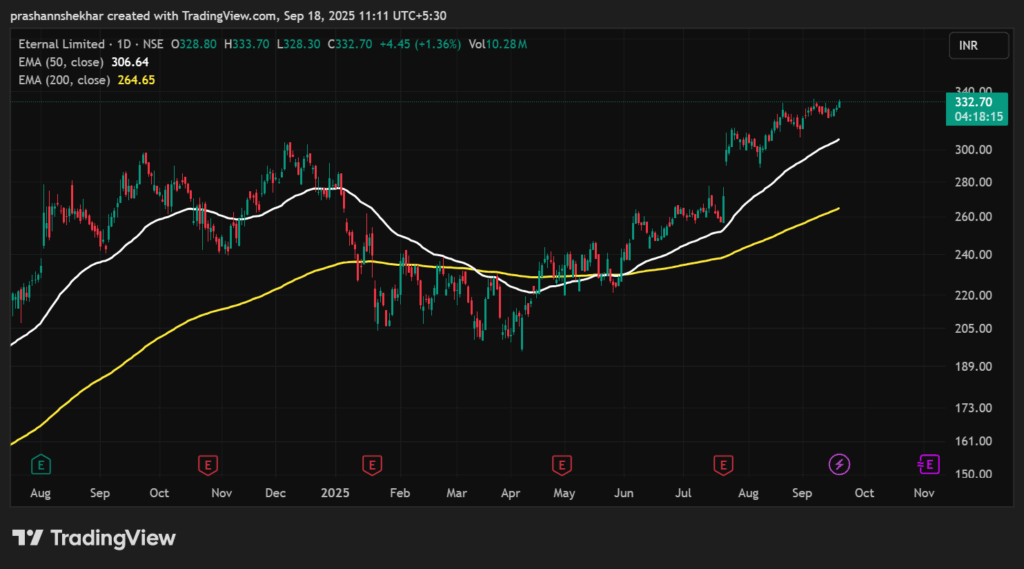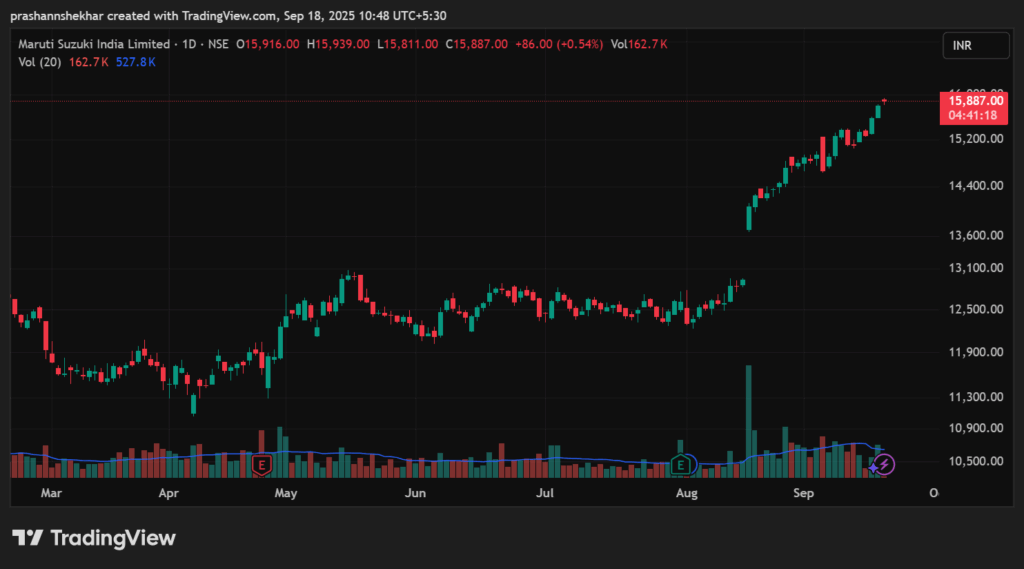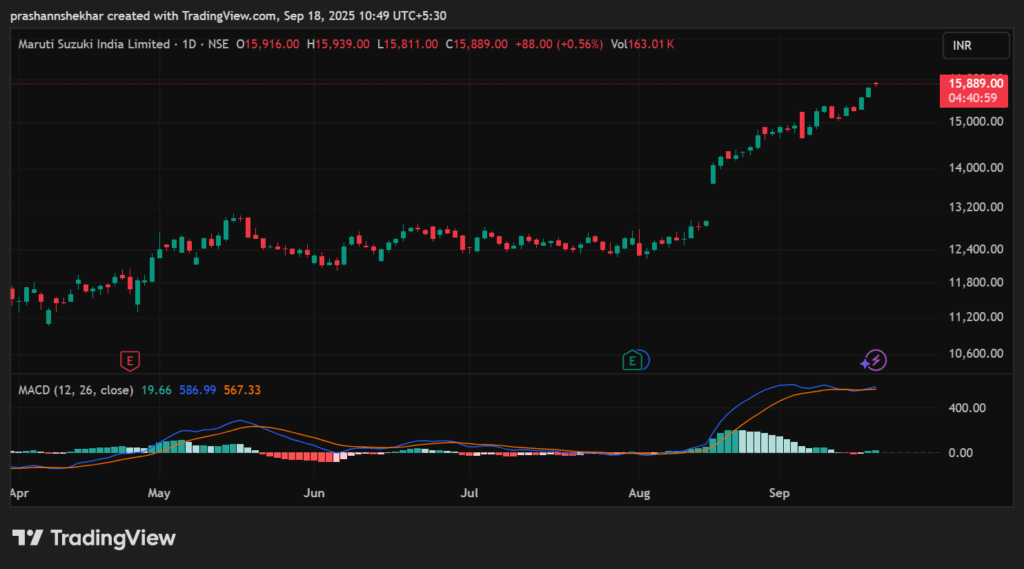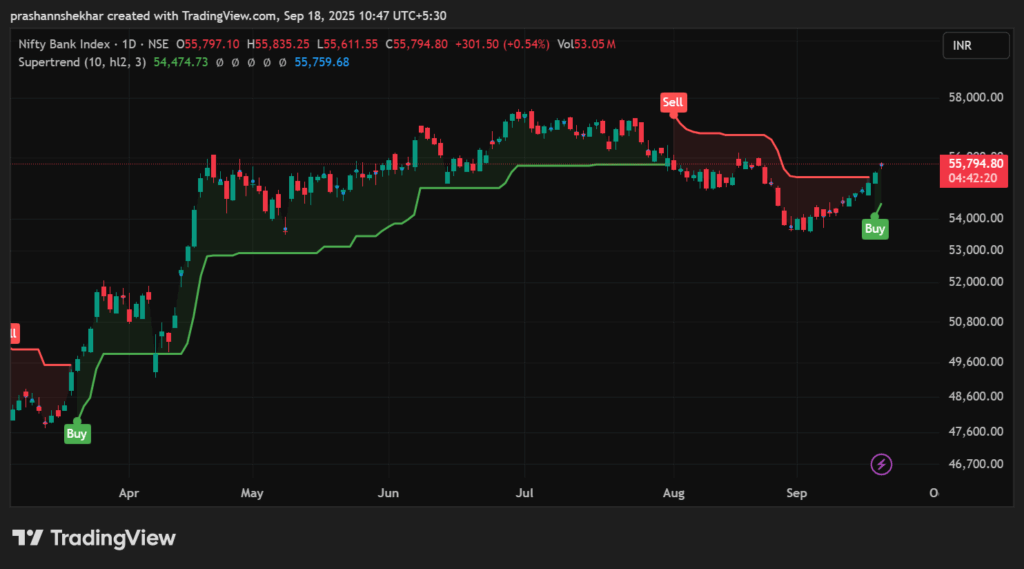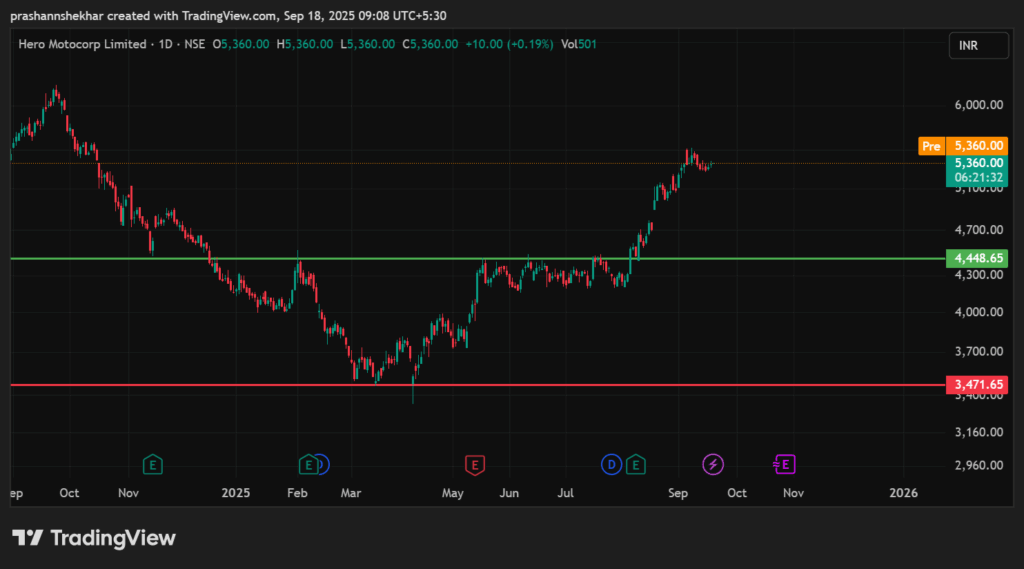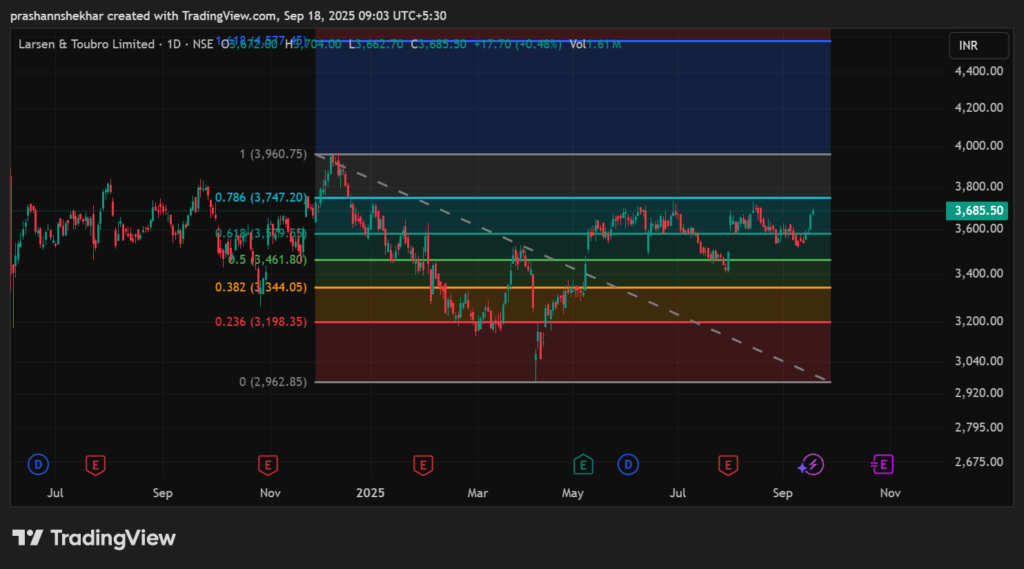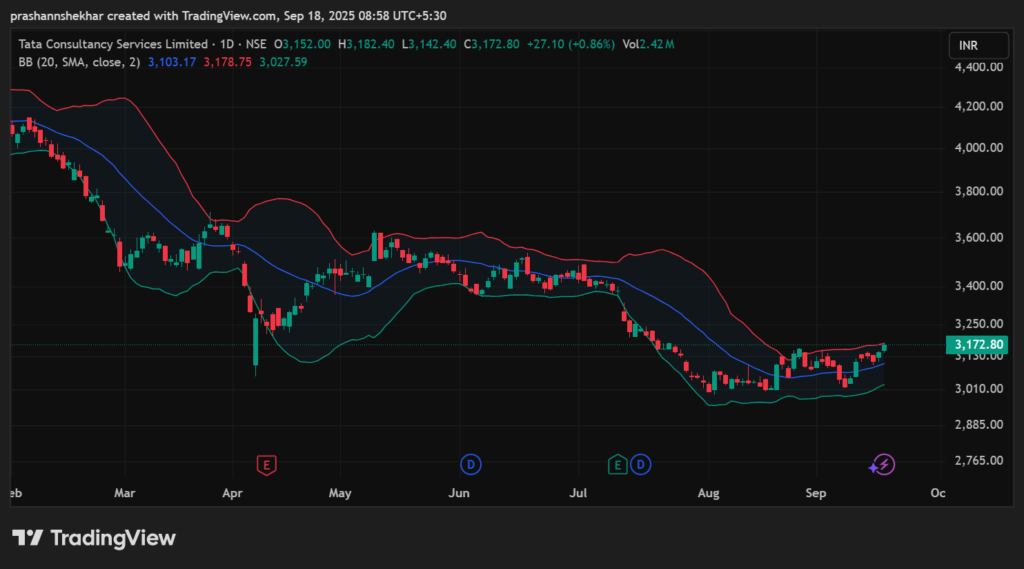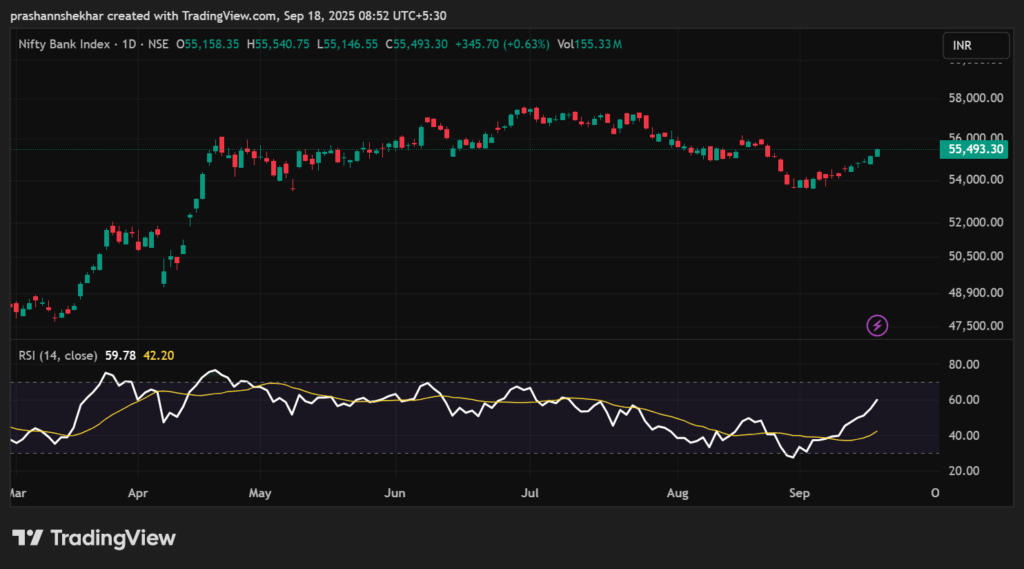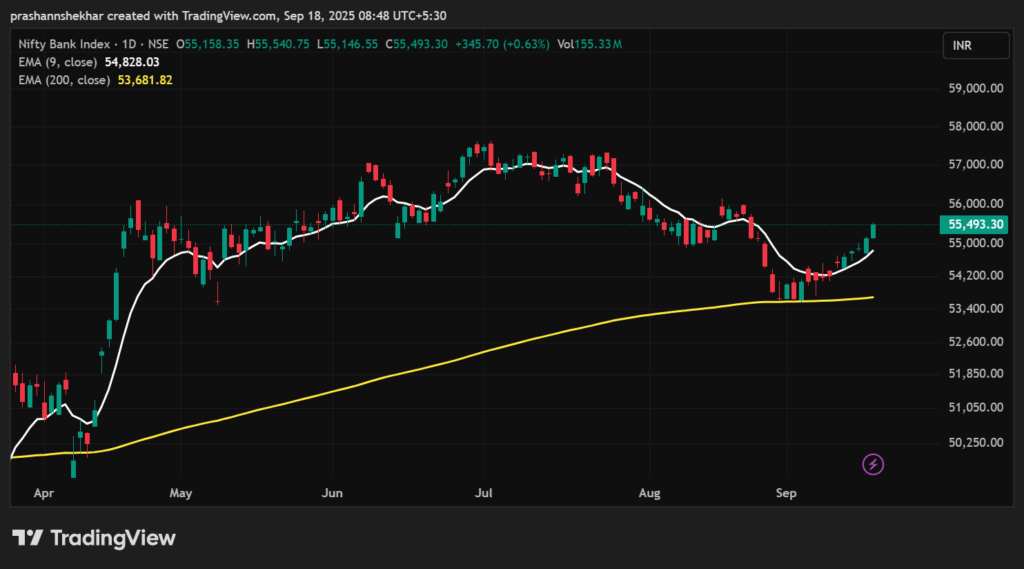Moving Average Crossovers – How to Spot Trend Shift Signals
📌 Introduction One of the simplest and most effective ways to identify trend shifts in the stock market is by using Moving Average Crossovers. When two moving averages cross each other, it often signals a change in momentum. Traders use this to spot buying opportunities in uptrends and selling opportunities in downtrends. Whether you’re a beginner or an experienced trader, crossover strategies are easy to understand and widely used. 🔹 What is a Moving Average Crossover? A moving average crossover occurs when a short-term moving average (fast MA) crosses over a long-term moving average (slow MA). 👉 Example: 🔹 Best Moving Average Combinations 🔹 Types of Crossovers 🔹 Moving Average Crossover Strategies 1. Golden Cross Strategy 2. Intraday Crossover Strategy 3. Crossover with RSI Filter 4. Crossover with Volume Confirmation 🔹 Pros & Cons of Crossover Trading ✅ Advantages ❌ Limitations 📊 Conclusion Moving Average Crossovers are one of the most reliable ways to detect trend shifts in the stock market. 👉 For best results: With patience and discipline, crossover signals can help you catch major trend reversals and improve trading accuracy. 📌 Disclaimer: This blog is for educational purposes only. ArthVed 9X is not a SEBI-registered advisor. Please consult your financial advisor before making investment decisions.

